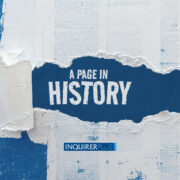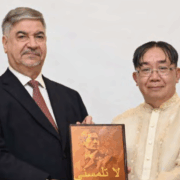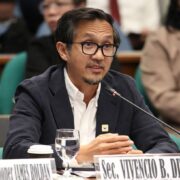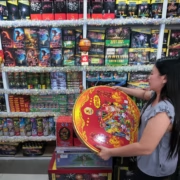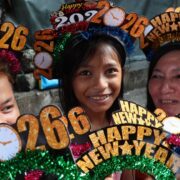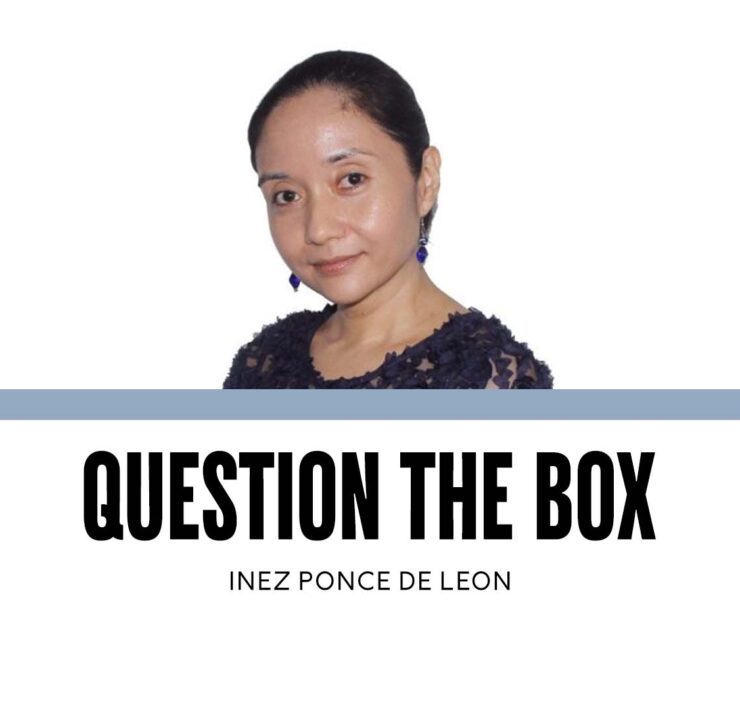Raising the lifelong learner
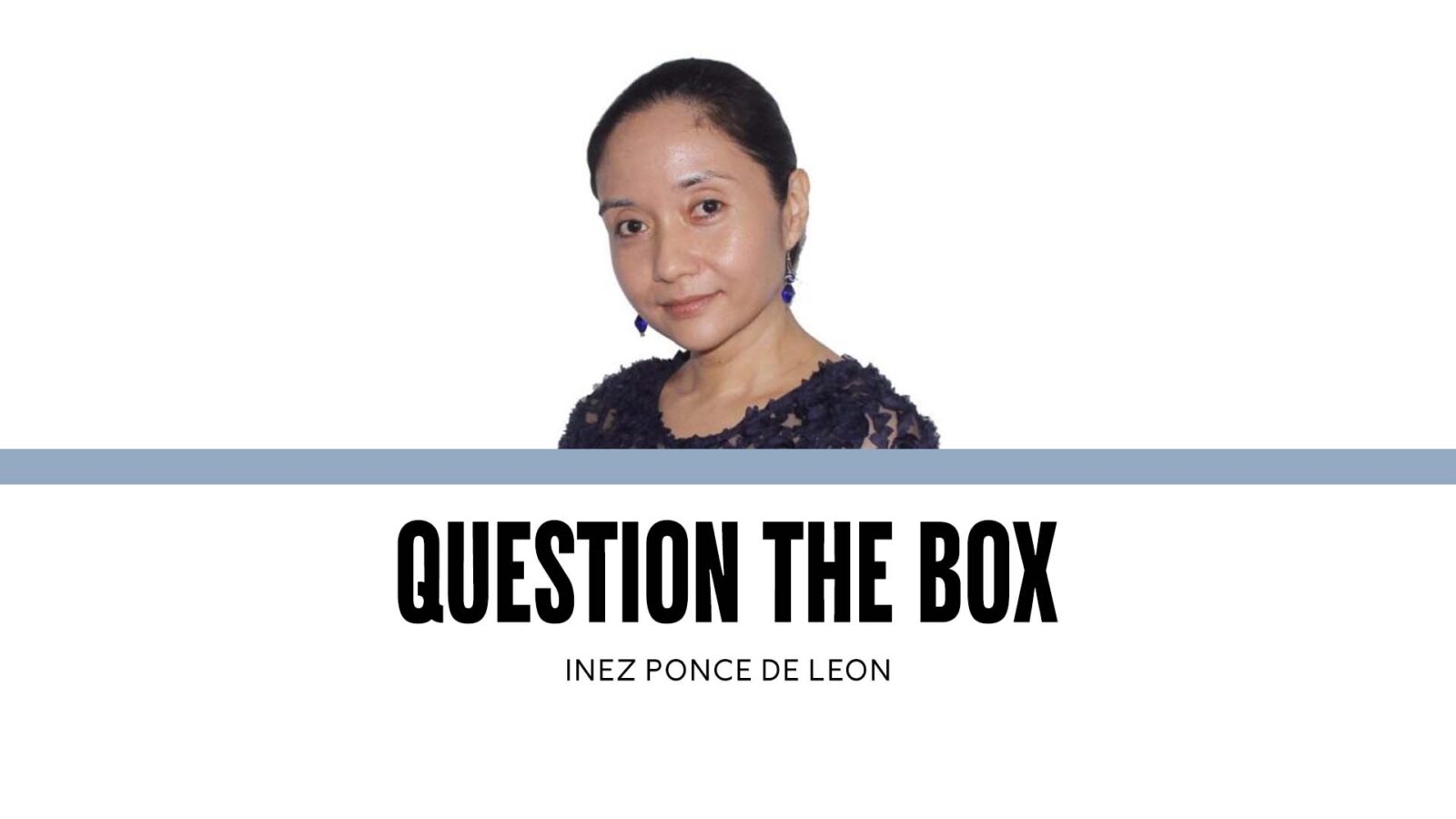
This semester, I am teaching Creativity once again. I always open the class with days-long discussions of the students’ school experiences. This helps them critique any assumptions they might hold about themselves, and by extension, their definition of creativity.
I employ freehand writing exercises in every class: students get a vague prompt, then have to write longhand for five minutes straight—no worries about grammar, punctuation, coherence, or flow. As long as they don’t stop writing, they get full credit.
The exercise helps them share thoughts they don’t want to say out loud, and also pushes out the mental cobwebs that might be standing in the way of their productivity. The students were understandably cautious in our first few exercises: they told stories about their friends, vacations, high school hijinks.
Our most recent prompt was: “But…” There was a variety of responses from my 76 students, but quite a number had the same story pouring out.
“But why doesn’t my work look like theirs?”
Some students wanted to give up drawing because no matter how hard they tried to imitate the illustrations they had seen online, their work just didn’t look the same. Others wanted to give up writing because their work didn’t sound right. And still others threatened to give up dancing, because try as they might to follow online choreographies, they just looked awkward.
Most asked the general question: “But what if I’m not good enough?”
The dance issue came up again after one of my belly dance classes. Some students stayed behind to follow an online video, but kept on groaning when they couldn’t get themselves to look like the dancer online.
“Ma’am!” one wailed. “How do I get my butt to move in circles like she does?”
I had to hold back a laugh as my students tried to draw letters with their bottoms. When they showed me the move, that was when I realized: there were no muscles in one’s hindquarters to support it; the muscles are on the side and up front.
I taught them the technique, which involves all the elements of belly dance posture, plus the right distribution of weight and the right muscles to access. The engine to drive the move wasn’t in the most obvious place; it was in the background, where people didn’t know to look unless they had dance training.
That, and more, is the engine that powers the creative process. It’s not just the shape that makes the dance, but the carriage, muscle control, body awareness, and stage presence. In illustration, it’s not just the shapes that make the image, but the weight of one’s hand, the strokes, perceptions of space and dimensionality, and one’s own style. In writing, it’s not just the words strung together, but flow, grammar, syntax, and the ability to take one’s experience and knowledge to create a piece that is uniquely one’s own.
Beyond these, an even larger engine: years performing onstage, or rough sketching, or writing drafts that never make it past the final edit.
And still, beyond these, the largest engine: years spent in workshops and classes to perfect form and sharpen style; to have a mentor to both correct and counsel; to have access to multiple lessons that allow students to see the many facets of the world that they can interlace to create work that doesn’t just show, but speaks.
The students didn’t need more practice. They had to recognize that they had to stop imitating; they had to acknowledge that they needed a teacher.
We often speak of lifelong learning as encouraging people to keep asking questions because their school lessons will never encapsulate the fluidity of knowledge.
It is also this: ensuring that learners know when they need an actual human being, rather than relying on disembodied tutorials or condensed resources—to consult with and mentor them. This goes for all fields of study and practice, whether one wants to design better or learn more about a science issue.
This hunger for learning requires acknowledgment that one’s skills always need sharpening. Perhaps one solution, if well implemented, could be allowing students to learn beyond their specializations.
They’re often called core subjects: writing, public speaking, philosophy, theology, history, psychology, sociology, basic math and science, foreign languages, and physical education (PE).
Writing helps students express themselves coherently; it also organizes their thinking. Philosophy helps them examine the world critically while exploring diverse ways to understand issues. PE gives them options to stay fit and heightens their awareness of their bodies’ place in space.
In widening students’ options for knowledge, perhaps they might see how broad the world is and how much they still do not know. Such classes would not drive them to despair. Instead, students might admit, and without reservation, when their current skills need more than imitation, assumptions, and isolation to sharpen.
And by then, perhaps they can make the jump from “I’m just not good enough” to “Not yet; but with the right mentor, soon.”



